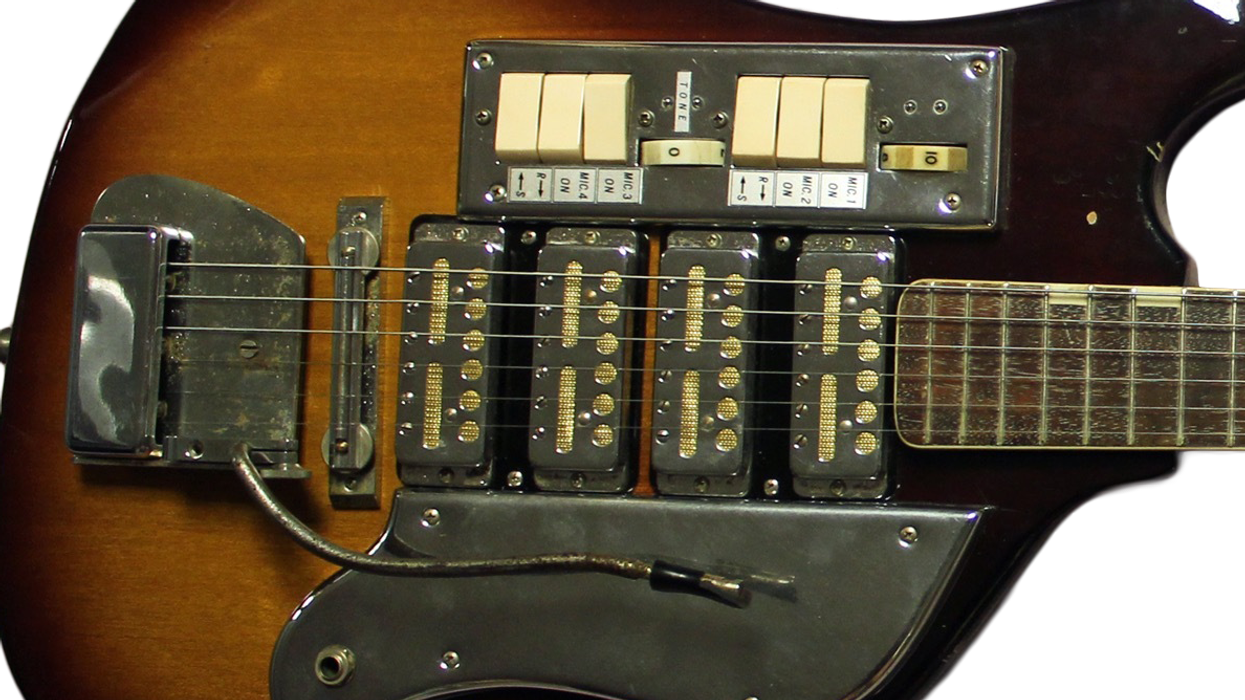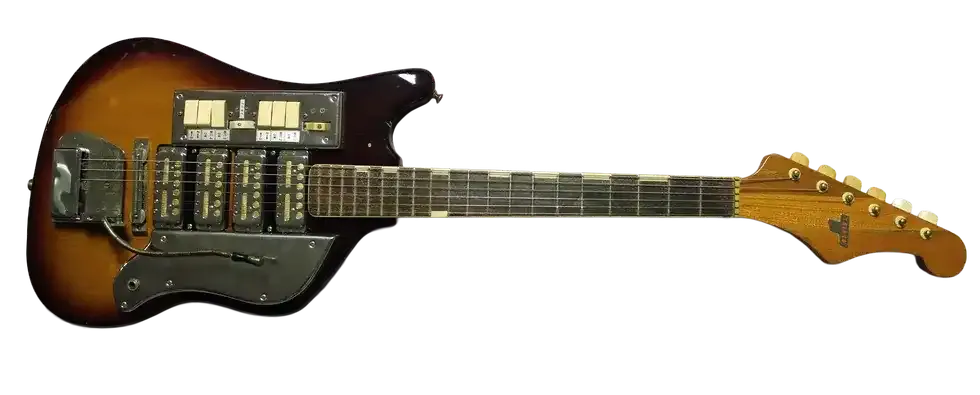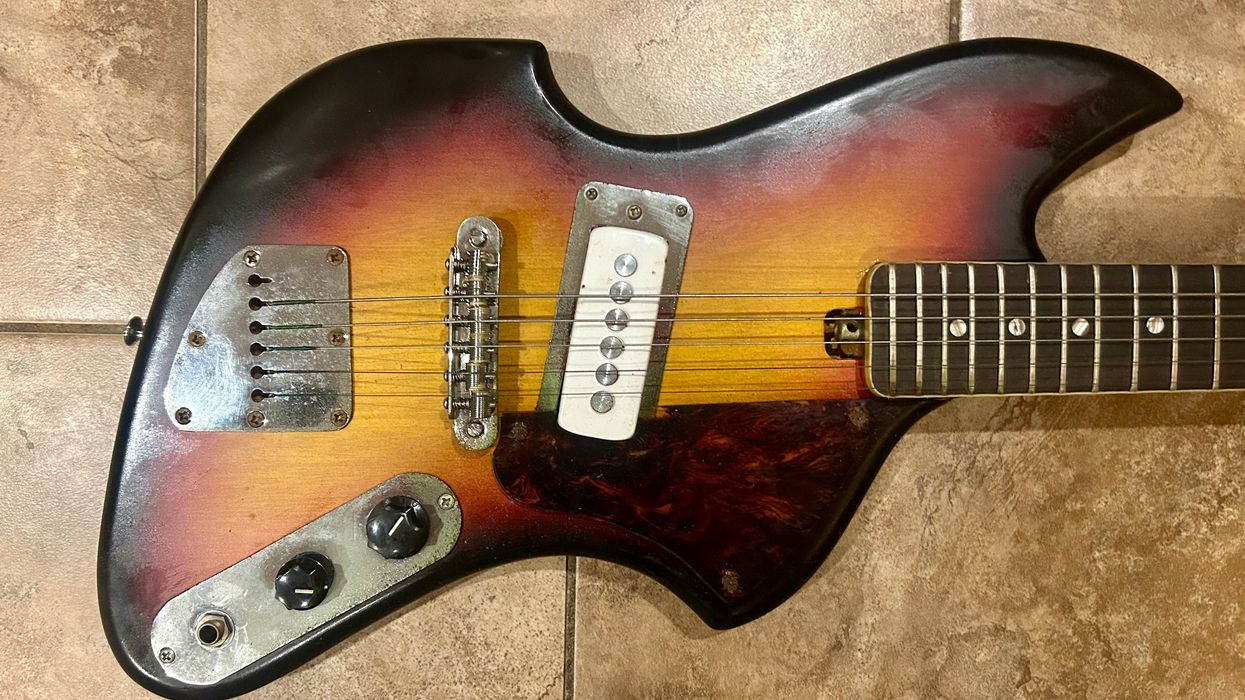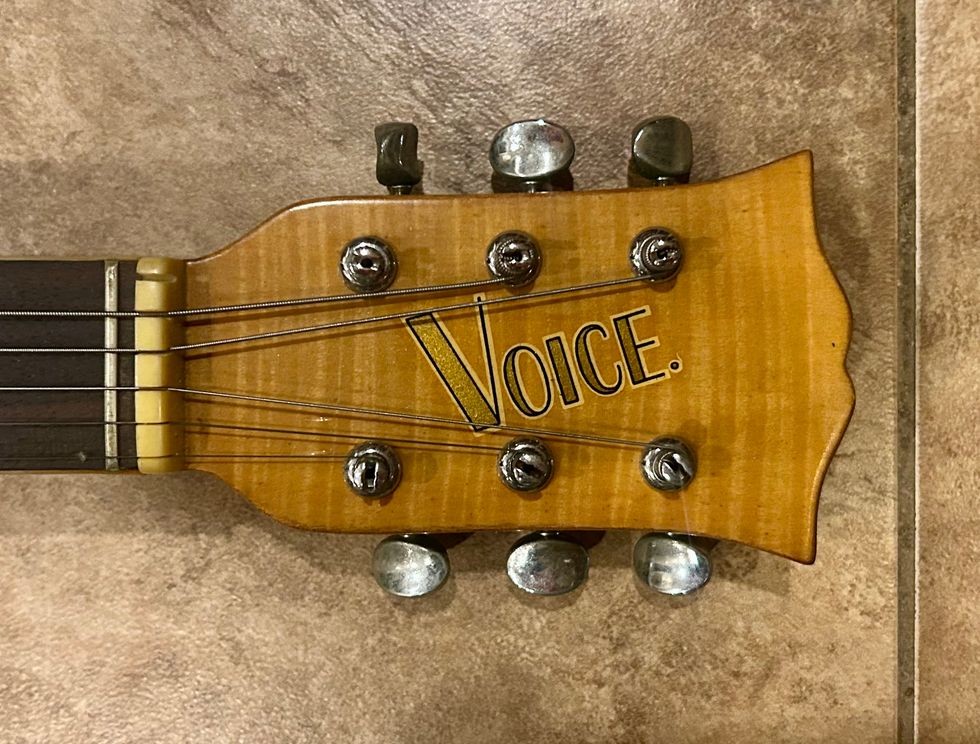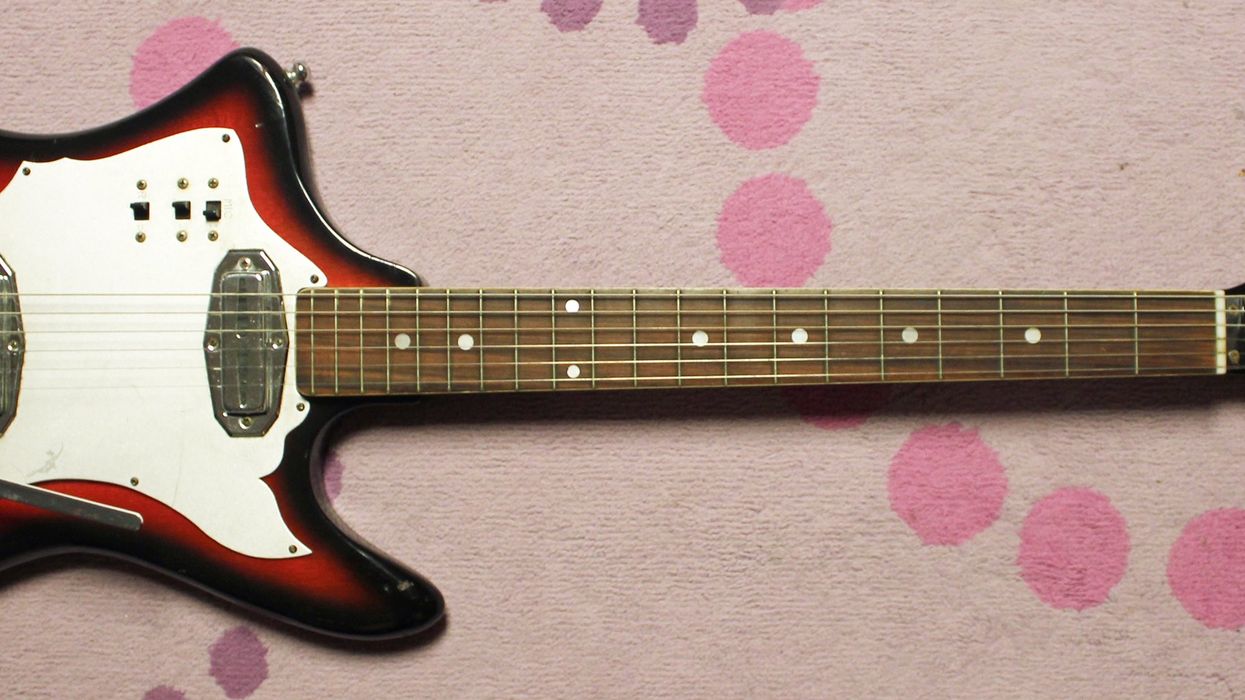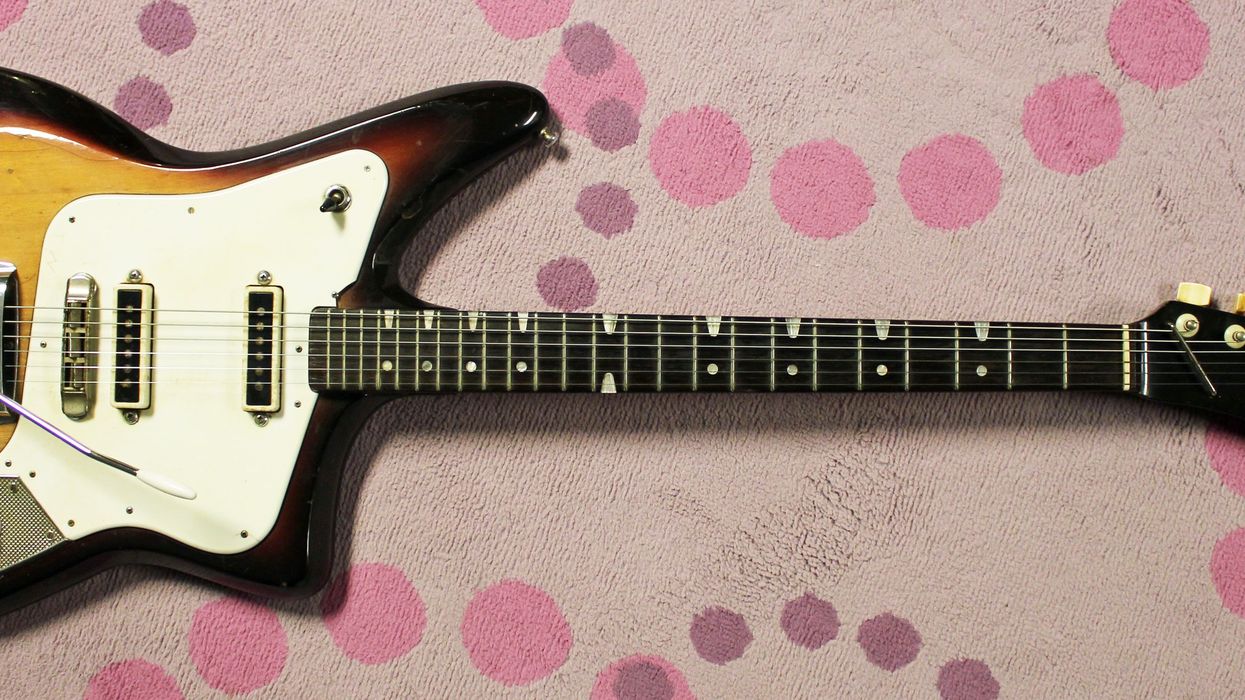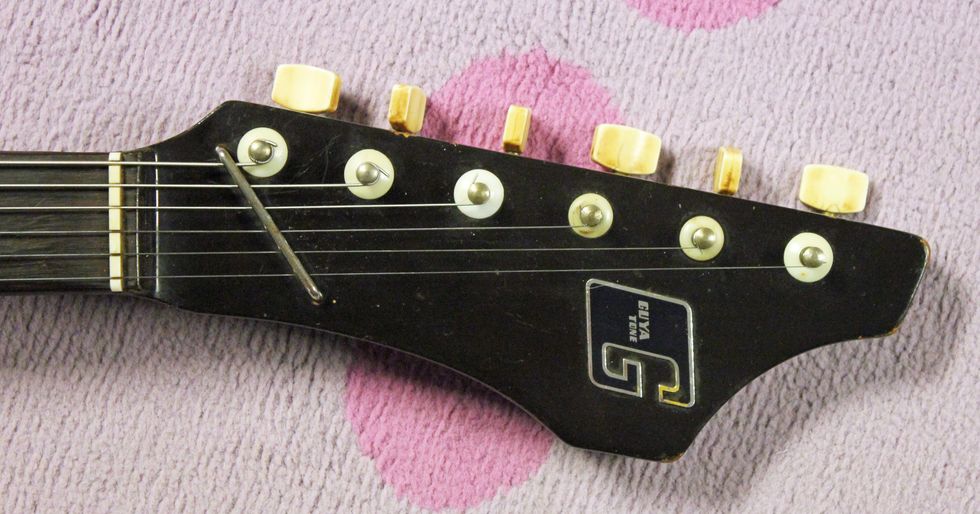I've had this month's story on my shelf for quite some time, because I could really weave so many interesting threads and connections to this guitar. How does one honor a tremendous man with huge contributions to music when limited to a single page? But I'm feeling like it's time to tell at least part of the story behind one of the most interesting people I've ever met through my love of guitars.
Back around 2010, I began researching Japanese guitars in earnest, simply because I was discovering that there was too much speculation, misinformation, and plain-old ignorance floating around, and I found the fire to uncover the truth burning inside me. I started by reaching out to some Japanese internet connections via email, with the hope that we could communicate and that I'd make more contacts.
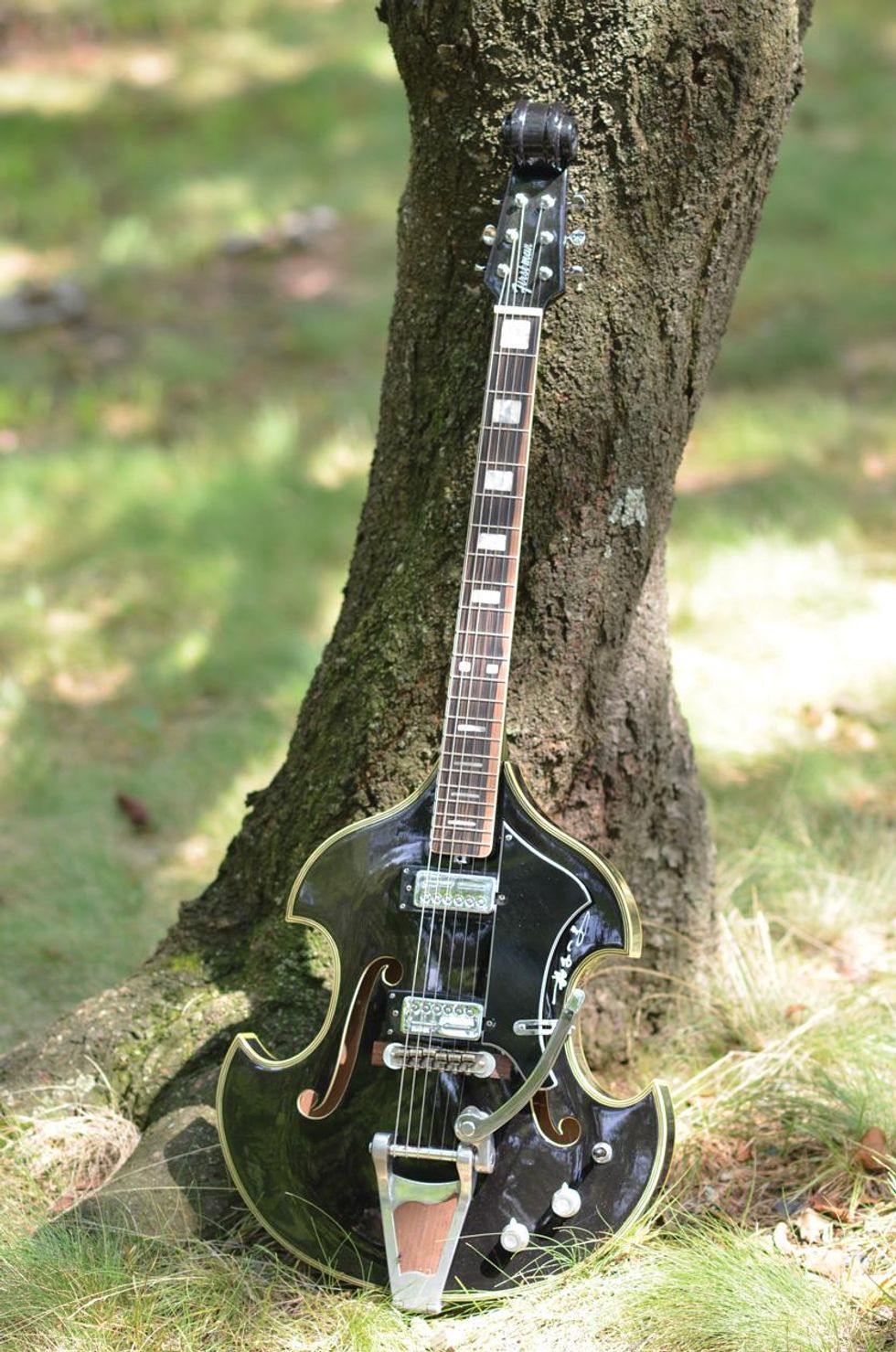
This Firstman Liverpool Deluxe may look like a battle axe, but it's chock full of warm, surfy clean tones.
Eventually, I found my way to a blog that was operated by a fellow named Kazy. He wrote in Japanese and English, and much of the content related to Mosrite guitars and his connections to Semie Mosely and Nokie Edwards. It turned out that Kazy was the nickname of Kazuo Morioka, and he became one of the most amazing sources I've ever encountered.
The guy was an excellent pianist, and was an early player of electrified pianos and organs. He shunned a cushy job with his family-owned pharmaceutical business to work for Kawai as a demo player, and went on to own a chain of music stores across Japan. He worked with all the early Japanese guitar companies and seemed to know all their employees and histories. After talking with Kazy, I developed a notebook full of numbers, emails, and connections all over Japan.
Mihara preferred a clean but strong sound, so that's what you'll find with one of these old Liverpool guitars.
Kazy spoke perfect English and had even lived in the U.S., near Seattle, for many years. He was friends with Semie Mosely, and together they produced a line of guitars in Japan that were called Mosrite Avengers. Kazy was also great friends with Nokie Edwards, who I missed meeting in person by one day while we were both visiting Kazy in Japan.
This month, I'll highlight one of Kazy's most extreme guitar designs. Kazy started electric guitar production in the late '60s using the brand name Firstman. He had the stellar idea to connect with popular Japanese bands and make custom guitars that would give them a signature look onstage. I suppose it was similar to groups wearing matching outfits in that era.
This Firstman Liverpool was the first, made in collaboration with Tsunaki Mihara of the Blue Comets. In the late '60s, the band had a huge hit called "Blue Chateau." They even played on The Ed Sullivan Show! Kazy and Mihara collaborated over every detail and put all kinds of considerations into the pickup frequency, attack and decay, coil winds, etc. Even the violin body shape was chosen because of its inherent resonance and projection, but, of course, with a more extreme Japanese design aesthetic. The deep, lightweight hollowbody is a rather large 15" across the lower bout, and came with some resplendent details, such as full-body binding and chrome accents. Plus, there was a totally posh scroll headstock.
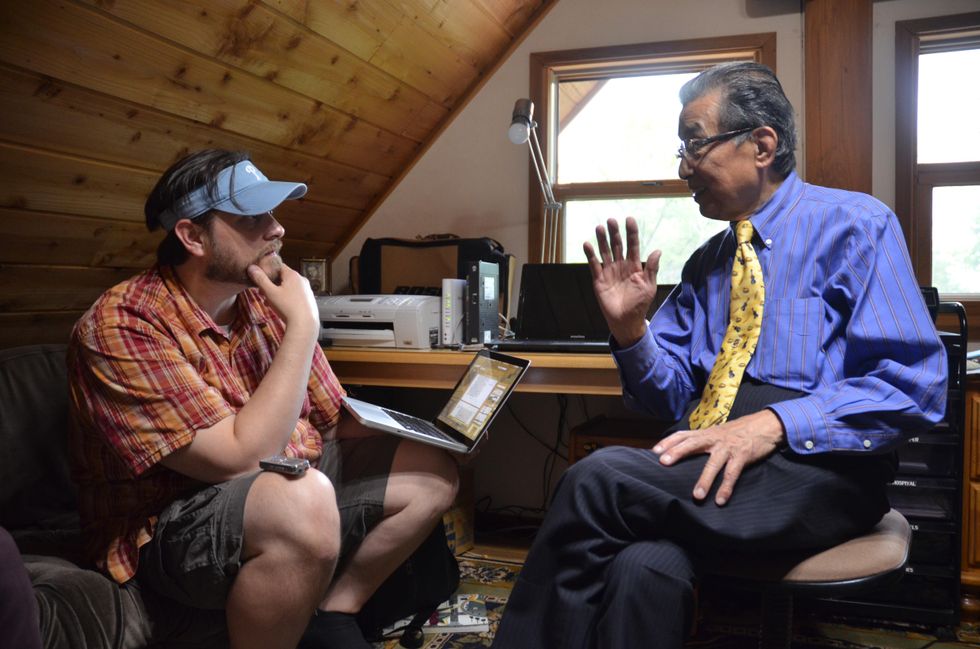
Columnist Frank Meyers interviews Firstman founder and guitar designer Kazuo Morioka.
Mihara preferred a clean but strong sound, so that's what you'll find with one of these old Liverpool guitars. This guitar projects like a vintage Gibson hollowbody and has simple tone/volume knobs and a 3-way switch. I suppose these shapely black beauties present a menacing first impression, but they have a sweet sound that matches well with surf music and instrumentals.
Two Liverpool guitars were produced as prototypes, and a lot of handiwork went into them. According to Kazy, everything was carved and shaped by hand, from the arched tops and backs to the necks to the scroll headstocks. Kazy and Mihara received these guitars, and then, after the Blue Comets would play shows, there would be orders placed to make regular factory production runs.
A few variations on this guitar were produced, including a Liverpool Junior and a Liverpool Special, and they all came in black. Alas, Firstman guitar production didn't last long, ceasing in 1970. Once again, we're left with these interesting examples of ingenuity and effort, like time capsules waiting to be discovered again by future generations.
Blue Comets "Blue Chateau" (Ed Sullivan Show in 1968)
Tsunaki Mihara plays his Liverpool Deluxe with the Blue Comets as they perform "Blue Chateau" on The Ed Sullivan Show.
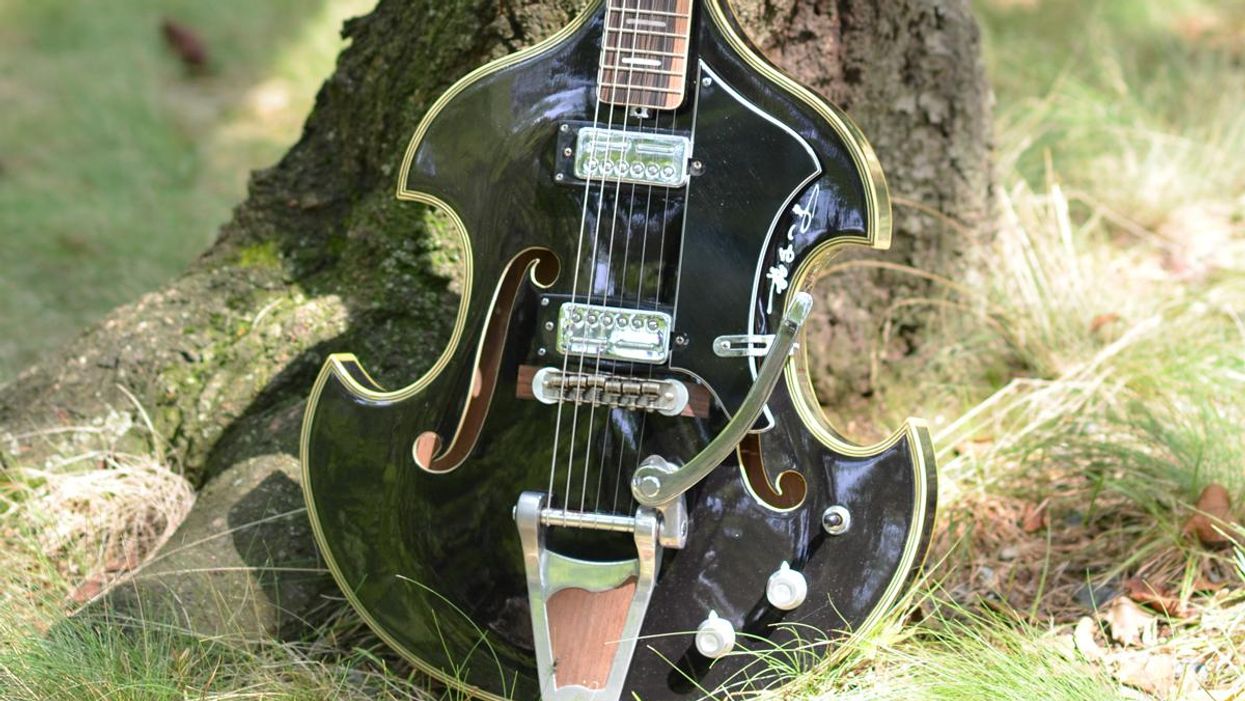

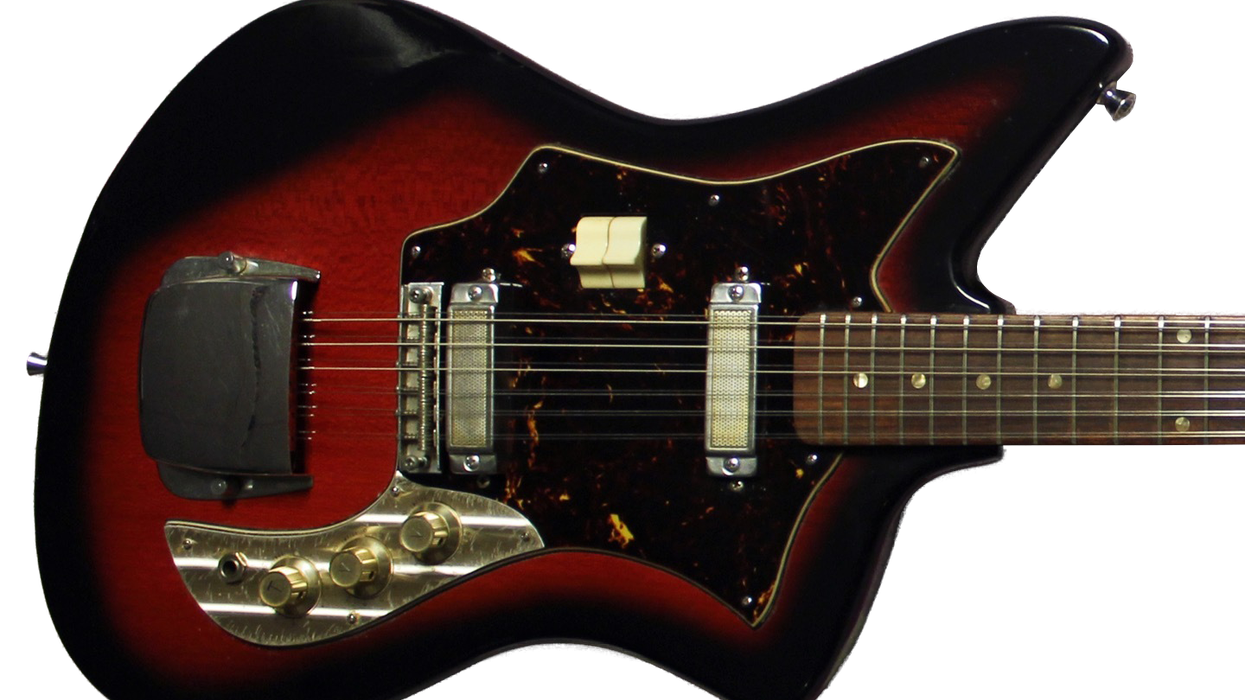
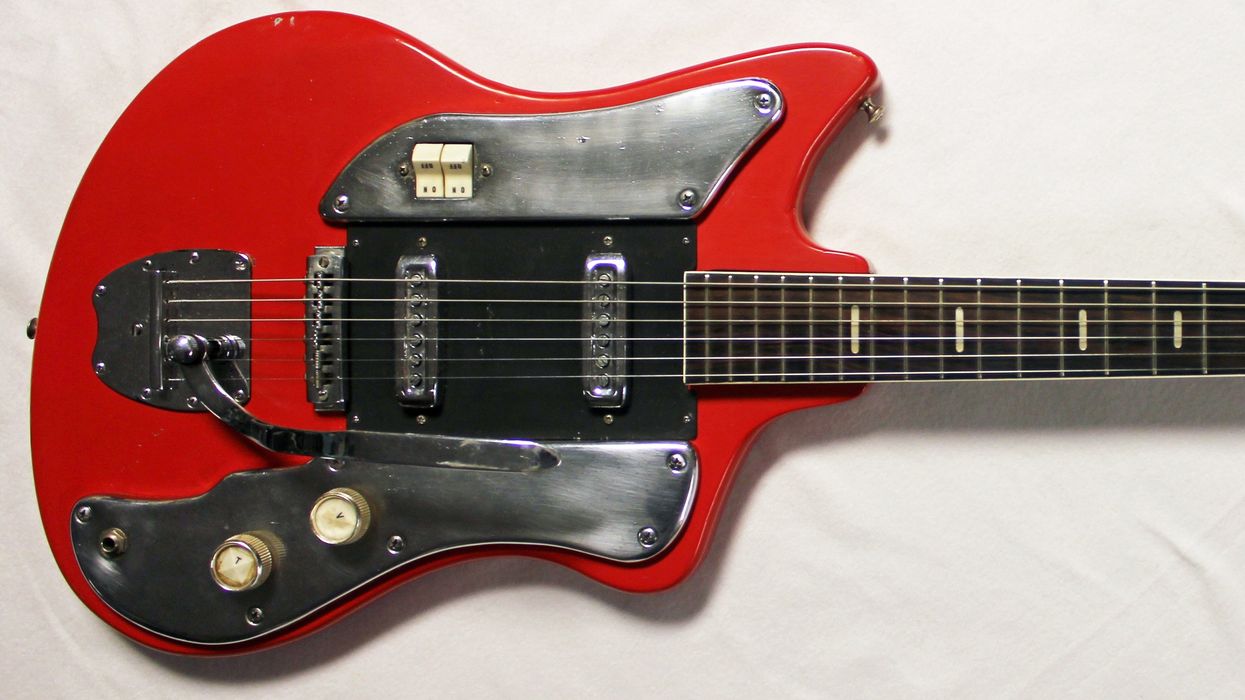
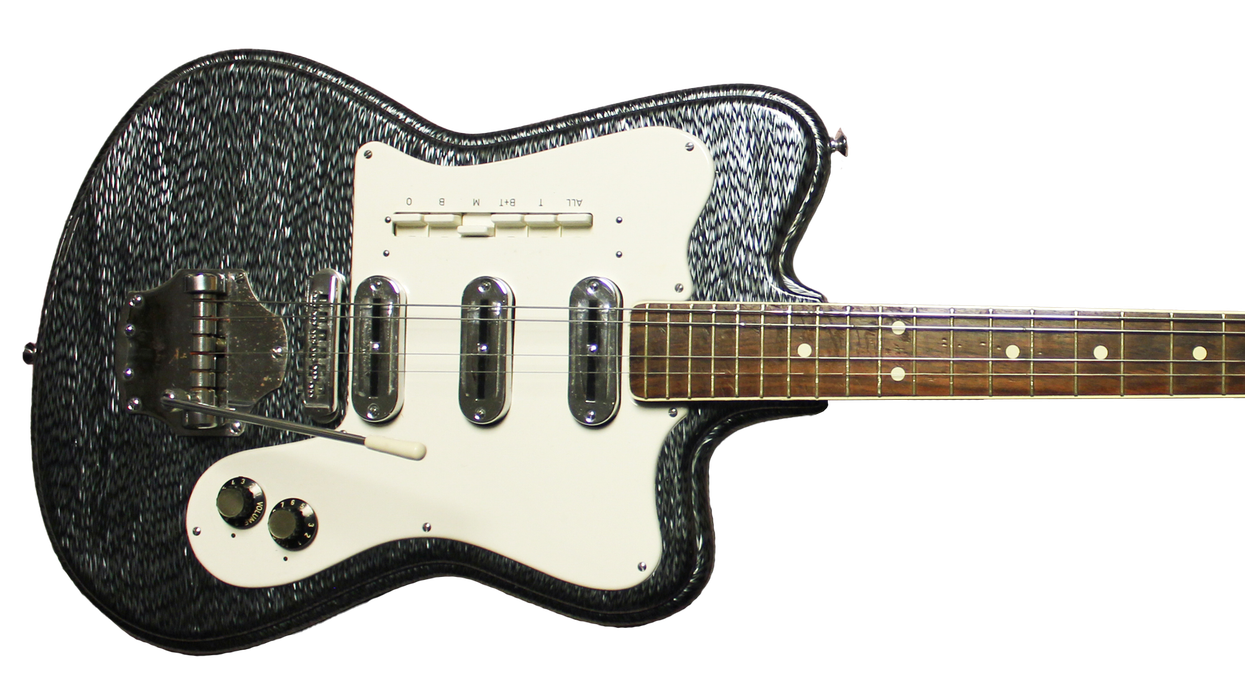
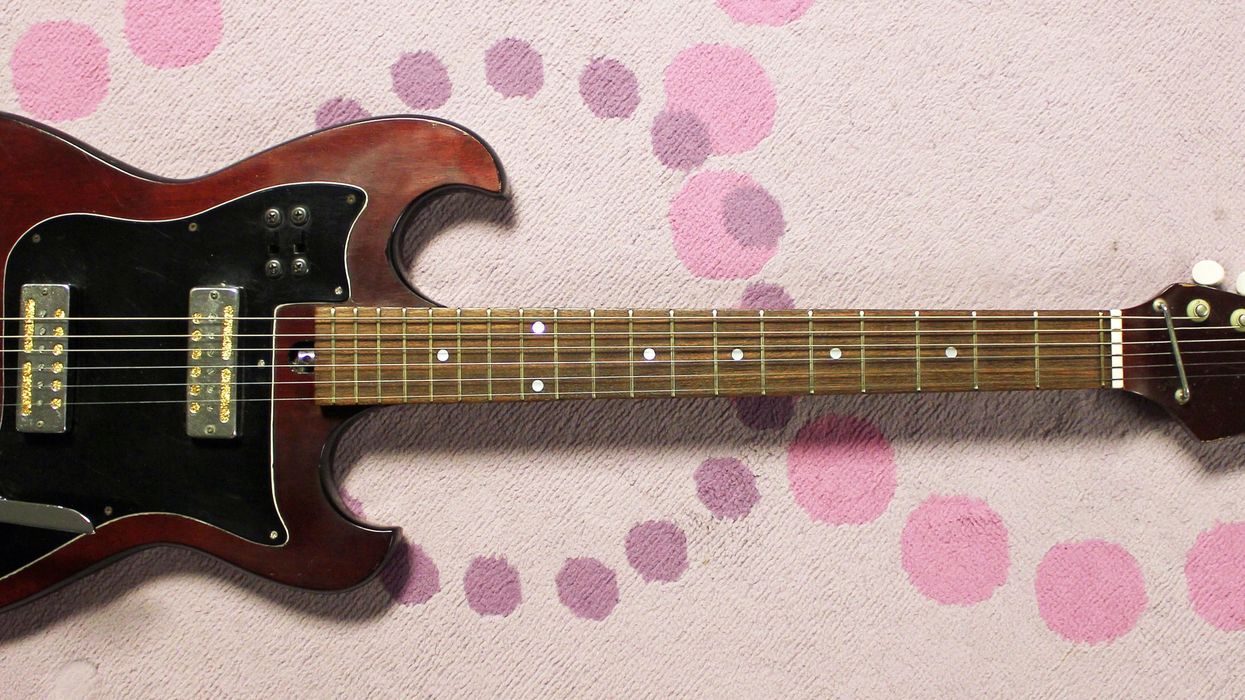
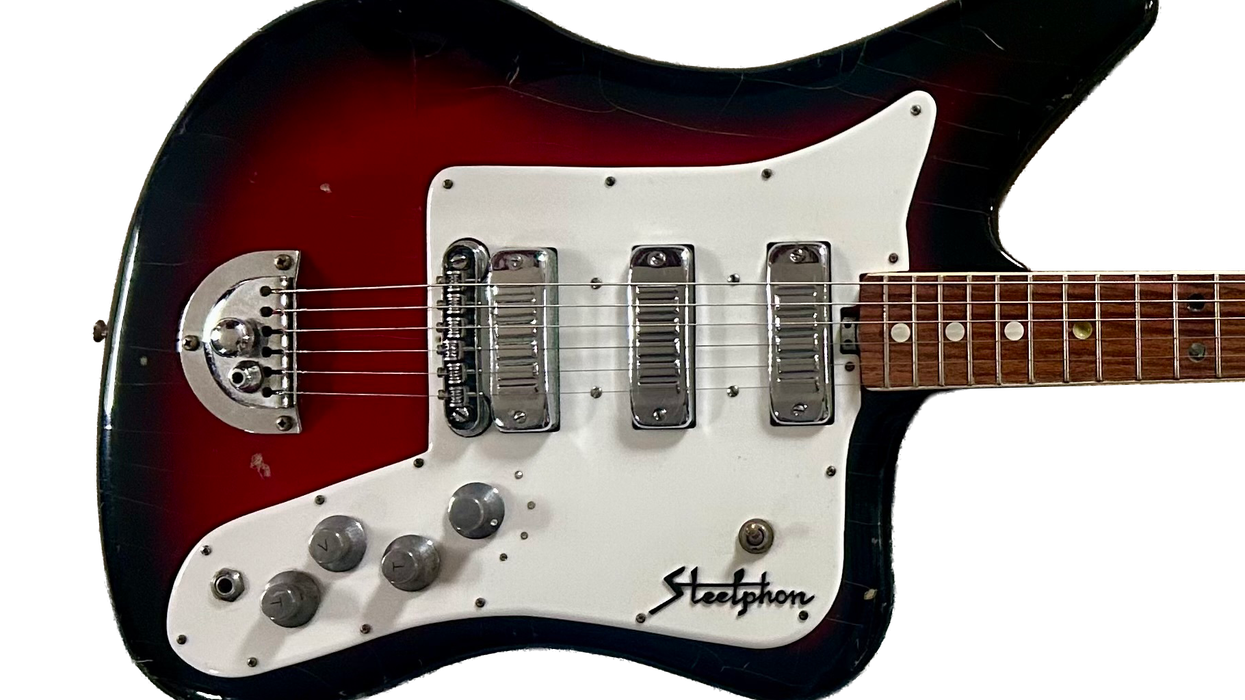
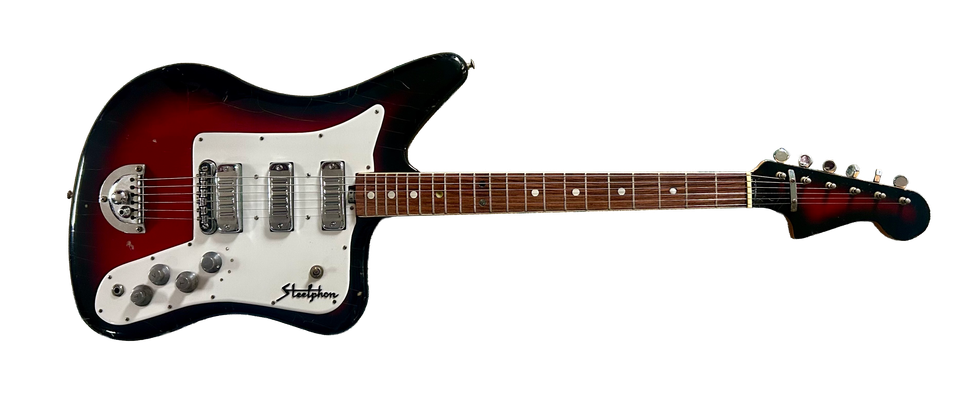 Then, in the dream, I “awoke” and realized I was back in my bedroom, and it was all just a dream. The kicker is that I was still dreaming, because that “paddle” guitar was suddenly in my hands—then I woke up for real! How about that misadventure?
Then, in the dream, I “awoke” and realized I was back in my bedroom, and it was all just a dream. The kicker is that I was still dreaming, because that “paddle” guitar was suddenly in my hands—then I woke up for real! How about that misadventure?





